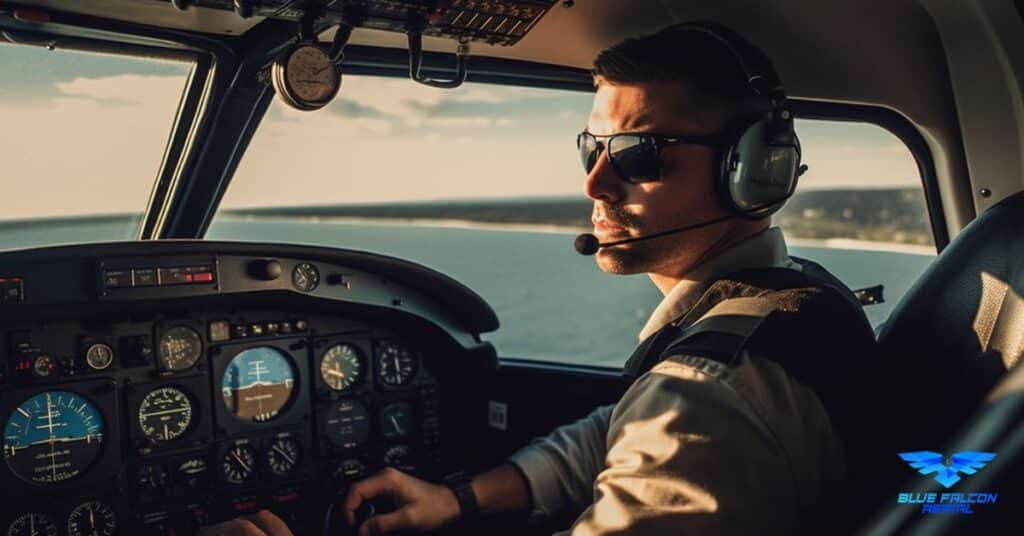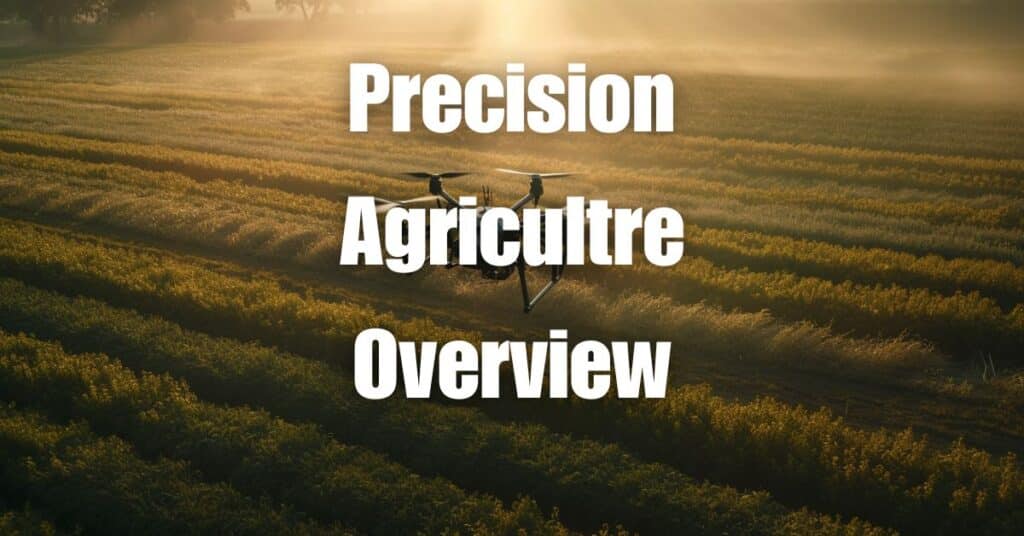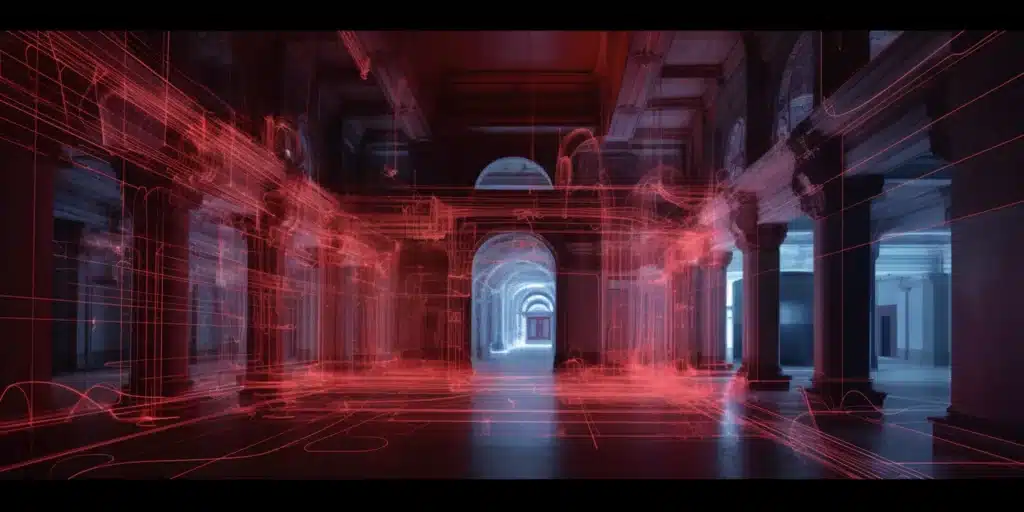In the world of aerial surveying and mapping, LiDAR technology has revolutionized the way we collect and analyze data. When it comes to choosing the best method for capturing LiDAR data, two primary options emerge: drone and manned aircraft LiDAR. In this article, we’ll explore the pros and cons of drone vs manned aircraft LiDAR, offering a comprehensive guide to help you make the best decision for your project needs.
What is LiDAR and how does it work?
LiDAR, or Light Detection and Ranging, is a remote sensing technology that uses laser light to measure distances and create detailed, accurate 3D representations of the earth’s surface. LiDAR systems emit rapid laser pulses that bounce off objects and return to the sensor. By calculating the time it takes for the light to travel to the object and back, the system can determine the distance between the sensor and the object.
There are two primary types of LiDAR systems: topographic and bathymetric. Topographic LiDAR is used for mapping land surfaces and vegetation, while bathymetric LiDAR is designed to penetrate water and map underwater surfaces. In this article, we’ll be focusing on topographic LiDAR applications.
LiDAR data can be collected using various platforms, such as satellites, airplanes, helicopters, drones, and ground-based mobile systems. In the context of aerial surveying, the two most common platforms are drones and manned aircraft. Let’s dive into the pros and cons of drone and manned aircraft LiDAR systems.
Drone LiDAR
Drones, or unmanned aerial vehicles (UAVs), have gained popularity in recent years due to their versatility, cost-effectiveness, and ease of use. They can be equipped with LiDAR sensors to capture high-resolution data for various applications, such as topographic mapping, forestry, infrastructure inspection, and more.
Pros of drone LiDAR
Lower costs: Drones are generally less expensive than manned aircraft, both in terms of initial investment and operational costs. The lower costs make drone LiDAR an attractive option for smaller projects or those with budget constraints.
Higher resolution: Drone LiDAR systems can fly at lower altitudes than manned aircraft, allowing them to capture higher resolution data. This makes drone LiDAR ideal for applications requiring detailed, accurate data, such as infrastructure inspection and vegetation analysis.
Flexibility and accessibility: Drones can be deployed quickly and easily, making them an excellent choice for projects with tight deadlines or changing requirements. Their small size and maneuverability also enable them to access hard-to-reach areas that may be challenging for manned aircraft.
Cons of drone LiDAR
Limited coverage area: Due to their smaller size and limited battery life, drones can cover a smaller area in a single flight compared to manned aircraft. This can be a drawback for large-scale projects requiring extensive surveying.
Weather and flight restrictions: Drones are more susceptible to adverse weather conditions, such as high winds and heavy precipitation, which can limit their operational capabilities. Additionally, there may be airspace restrictions or regulations that prevent drone flights in certain areas.
Manned Aircraft LiDAR
Manned aircraft, such as airplanes and helicopters, have been the traditional platforms for aerial LiDAR data collection. They offer larger coverage areas and can carry heavier payloads, making them well-suited for large-scale projects and demanding applications.
Pros of manned aircraft LiDAR
Extensive coverage area: Manned aircraft can cover vast areas in a single flight, making them an ideal choice for large-scale projects or those requiring wide-area mapping. Their ability to carry larger LiDAR systems also allows for higher data capture rates, further increasing their efficiency.
Higher altitude capabilities: Manned aircraft can fly at higher altitudes than drones, enabling them to survey large areas quickly and efficiently. This can be beneficial for projects that require lower resolution data or those with less demanding accuracy requirements.
Less susceptible to weather: Manned aircraft are typically more resilient to adverse weather conditions than drones, allowing them to operate in a broader range of environments. This can be an advantage for projects in regions with challenging weather conditions or during seasonal changes.
Cons of manned aircraft LiDAR
Higher costs: Manned aircraft LiDAR systems are generally more expensive than drone-based systems, both in terms of initial investment and operational costs. These higher costs can be prohibitive for smaller projects or those with limited budgets.
Less flexibility: Manned aircraft operations require more planning and logistics than drone operations, making them less flexible in terms of deployment and scheduling. They may also have more difficulty accessing hard-to-reach or restricted areas compared to drones.
Comparison: Drone vs Manned Aircraft LiDAR
When evaluating the pros and cons of drone and manned aircraft LiDAR, it’s essential to consider factors such as cost, data quality, coverage area, safety, and accessibility. To provide a comprehensive understanding, we will delve deeper into each of these key factors, enabling you to make an informed decision based on your project’s specific needs and requirements.
Cost Efficiency
Drone LiDAR systems generally have lower initial investment and operational costs compared to manned aircraft systems. This makes them a more attractive option for smaller projects, those with tight budgets, or organizations looking to minimize expenses. However, for large-scale projects requiring extensive coverage, manned aircraft may prove to be more cost-effective in terms of data capture rates and overall project costs, despite their higher initial investment.
Data Quality and Resolution
Drone LiDAR can capture higher resolution data due to their ability to fly at lower altitudes. This advantage makes them ideal for applications requiring detailed, accurate data, such as infrastructure inspection, vegetation analysis, and archeological site mapping. Manned aircraft, on the other hand, can operate at higher altitudes and cover more extensive areas more quickly. While this may lead to lower resolution data, it may be sufficient for projects with less demanding accuracy requirements or for those focusing on broader-scale analyses.
Coverage Area and Efficiency
Manned aircraft LiDAR systems can cover significantly larger areas in a single flight, making them well-suited for large-scale projects, regional mapping, or wide-area topographic surveys. Drone LiDAR systems, while offering high-resolution data, have limitations in terms of coverage area due to their smaller size, battery life constraints, and flight time restrictions. For projects requiring comprehensive data collection over vast areas, manned aircraft LiDAR may be a more efficient choice.
Safety Considerations
Both drone and manned aircraft LiDAR systems have safety considerations that must be taken into account. Drones generally pose a lower risk to human life since they do not require an onboard pilot. However, they may be more susceptible to accidents due to their smaller size, reduced stability in adverse weather conditions, and potential technical malfunctions. Manned aircraft, while having a higher safety risk for the onboard crew, are typically more resilient and can operate in a broader range of environments.
Accessibility and Flexibility
Drones offer unparalleled flexibility and accessibility, as they can be deployed quickly, easily, and with minimal logistical requirements. Their small size and maneuverability enable them to access hard-to-reach areas, such as dense forests, steep cliffs, or urban environments with many obstacles. However, they may be subject to flight restrictions or regulations in certain regions or near sensitive areas.
Manned aircraft, while less flexible in terms of deployment and scheduling, have fewer airspace restrictions and can generally operate in a more extensive range of environments. They may, however, have more difficulty accessing hard-to-reach or restricted areas compared to drones.
In conclusion, the choice between drone and manned aircraft LiDAR will depend on your project’s specific needs and requirements, considering factors such as cost, data quality, coverage area, safety, and accessibility. By carefully assessing each factor, you can determine the most suitable LiDAR platform for your project, ensuring optimal results and efficiency.
General Guidelines for Choosing Between Drone and Manned Aircraft LiDAR
When deciding between drone and manned aircraft LiDAR, it’s essential to consider your project’s unique needs, objectives, and constraints. Here are some general guidelines to help you determine which LiDAR platform is the most suitable choice for your specific project:
Choose Drone LiDAR when:
- Your project requires high-resolution, detailed data for applications such as infrastructure inspection, vegetation analysis, or archaeological site mapping.
- You have a smaller project area or are focused on localized surveying and mapping.
- Your project has budget constraints and requires a more cost-effective solution.
- You need to access hard-to-reach or remote areas that may be challenging for manned aircraft.
- Your project demands rapid deployment, flexibility, and adaptability to changing conditions or requirements.
- You prioritize minimizing human safety risks during aerial data collection.
Choose Manned Aircraft LiDAR when:
- Your project involves large-scale mapping or regional data collection, requiring extensive coverage in a single flight.
- The project’s accuracy requirements are less stringent, and lower resolution data is sufficient for the desired analysis.
- You have a larger budget and can accommodate the higher costs associated with manned aircraft operations.
- Your project is in a region with challenging weather conditions or requires operation in a broader range of environments.
- You need to operate in areas with fewer airspace restrictions or regulations.
- Your project timeline allows for more extensive planning and logistical coordination.
It’s crucial to remember that these guidelines are not definitive but rather serve as a starting point for evaluating the suitability of drone or manned aircraft LiDAR for your specific project. By carefully assessing your project’s requirements, budget, timeline, and constraints, you can make an informed decision that ensures the most efficient and effective data collection process for your aerial surveying and mapping needs.
In conclusion, both drone and manned aircraft LiDAR have their unique advantages and disadvantages. The choice between the two depends on factors such as cost, data quality, coverage area, safety, and accessibility. To further explore LiDAR technology and its various applications, we encourage you to visit Aerial LiDAR 101: An Introduction to its Applications and Benefits.
If you require any drone services for your projects, Blue Falcon Aerial is here to help. Please don’t hesitate to contact us for assistance in finding the perfect solution tailored to your needs.




